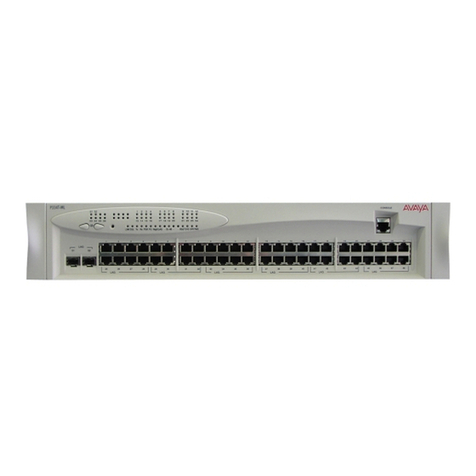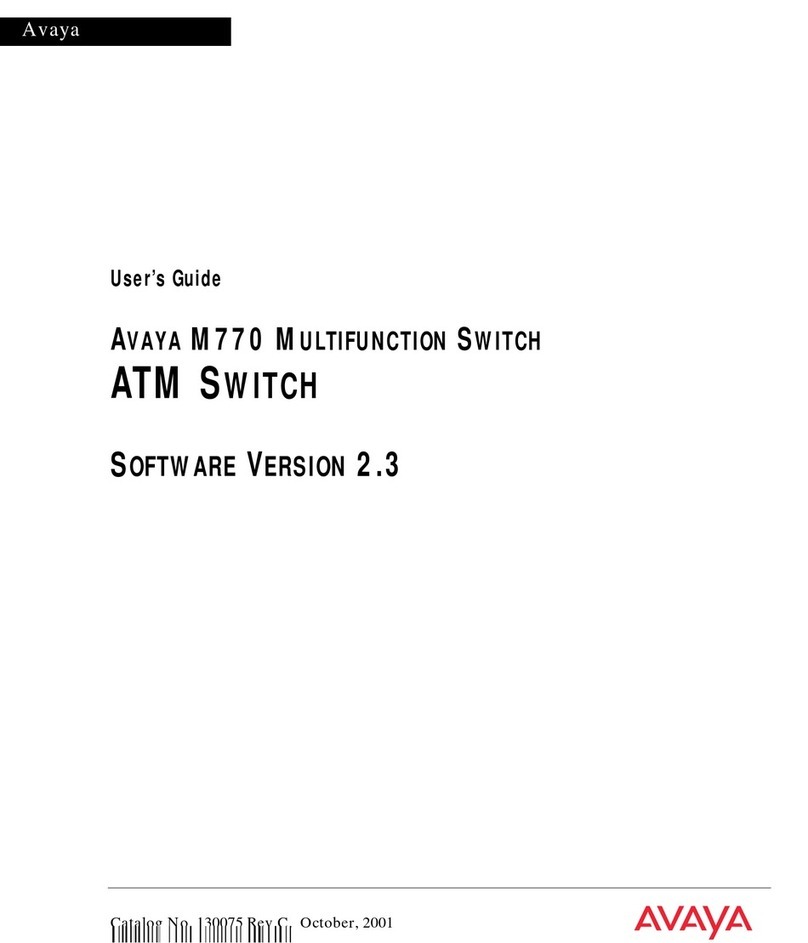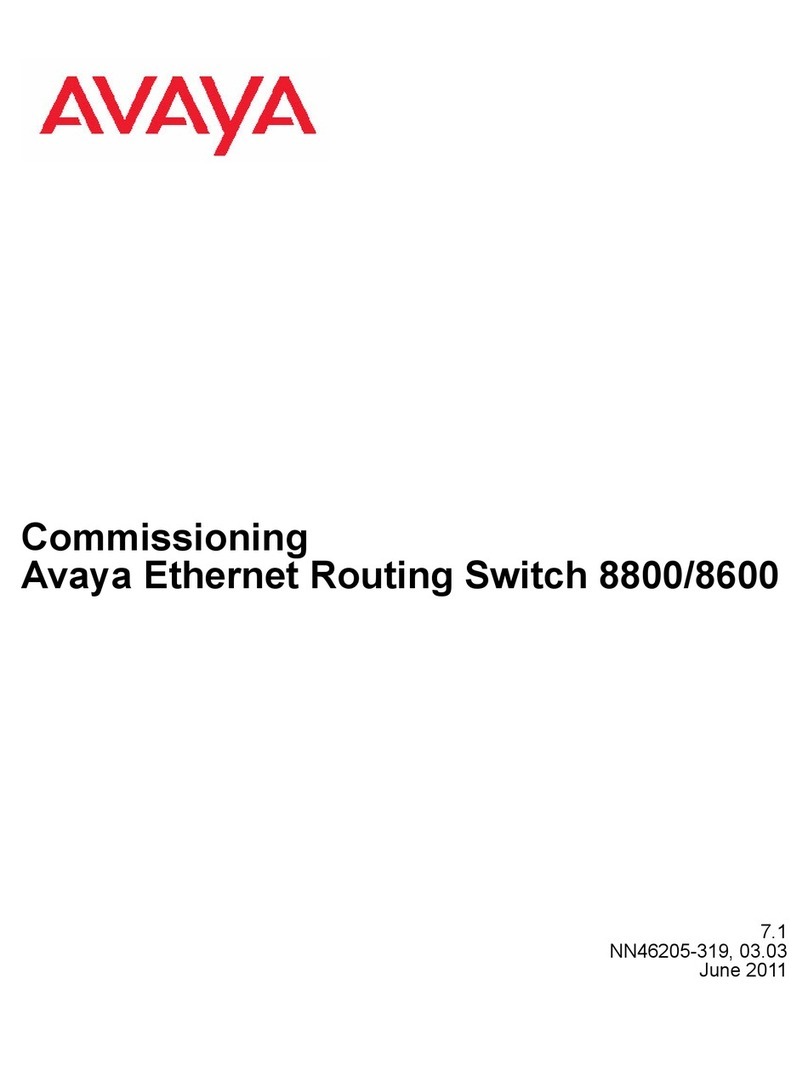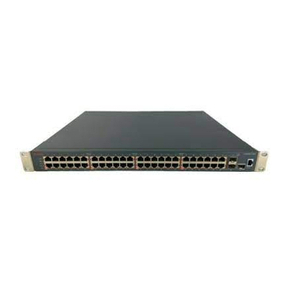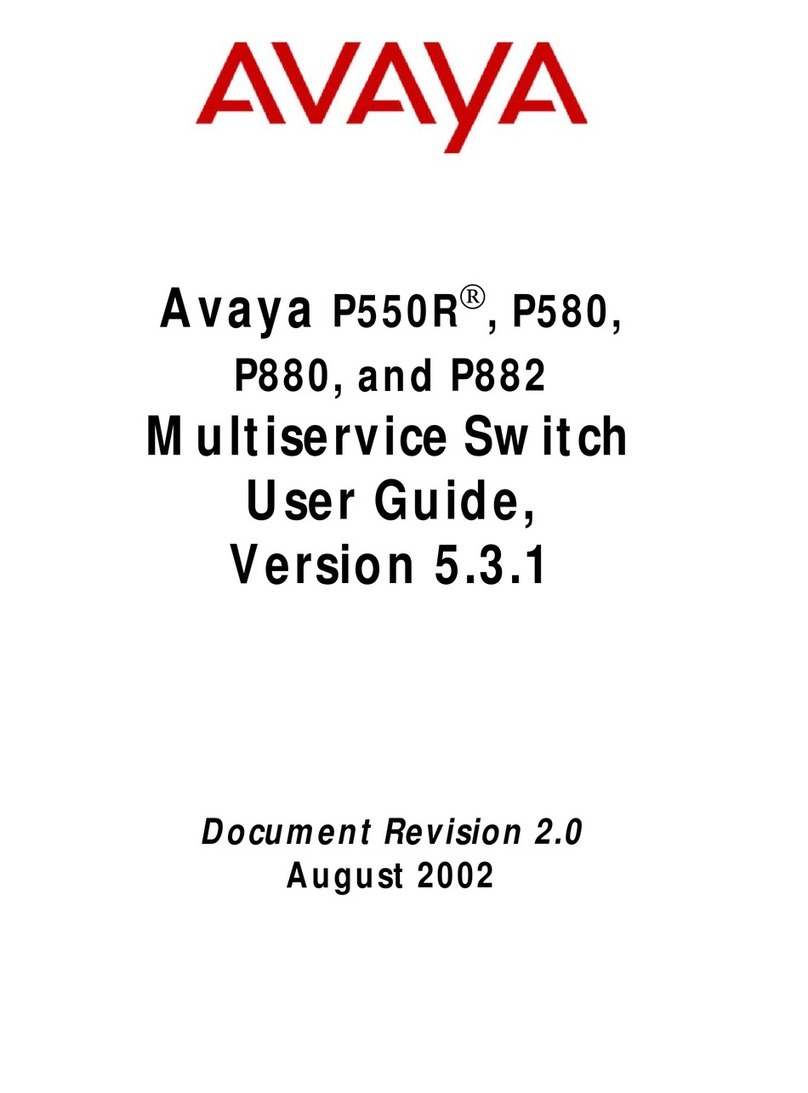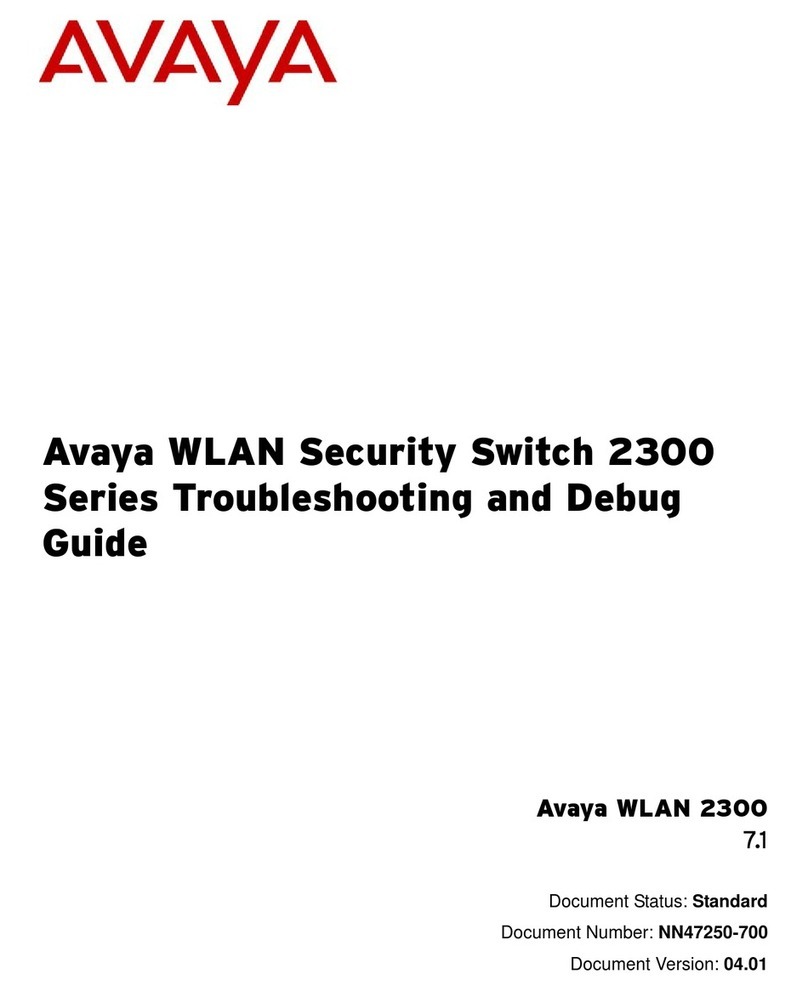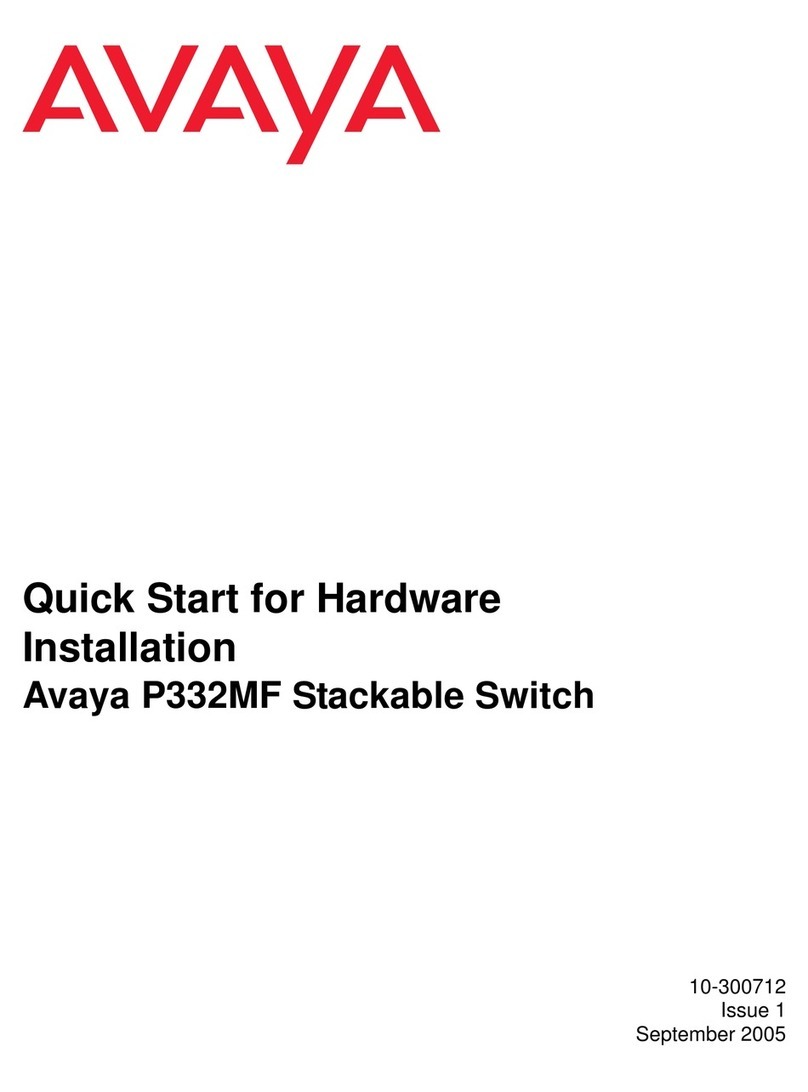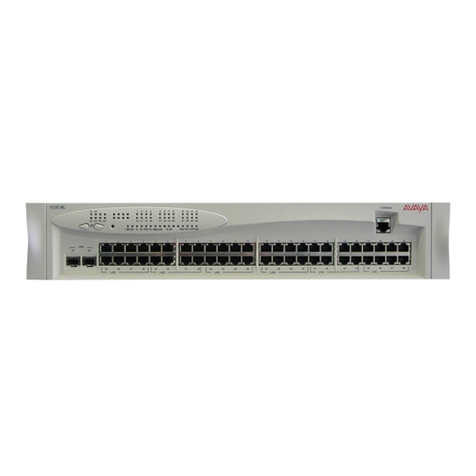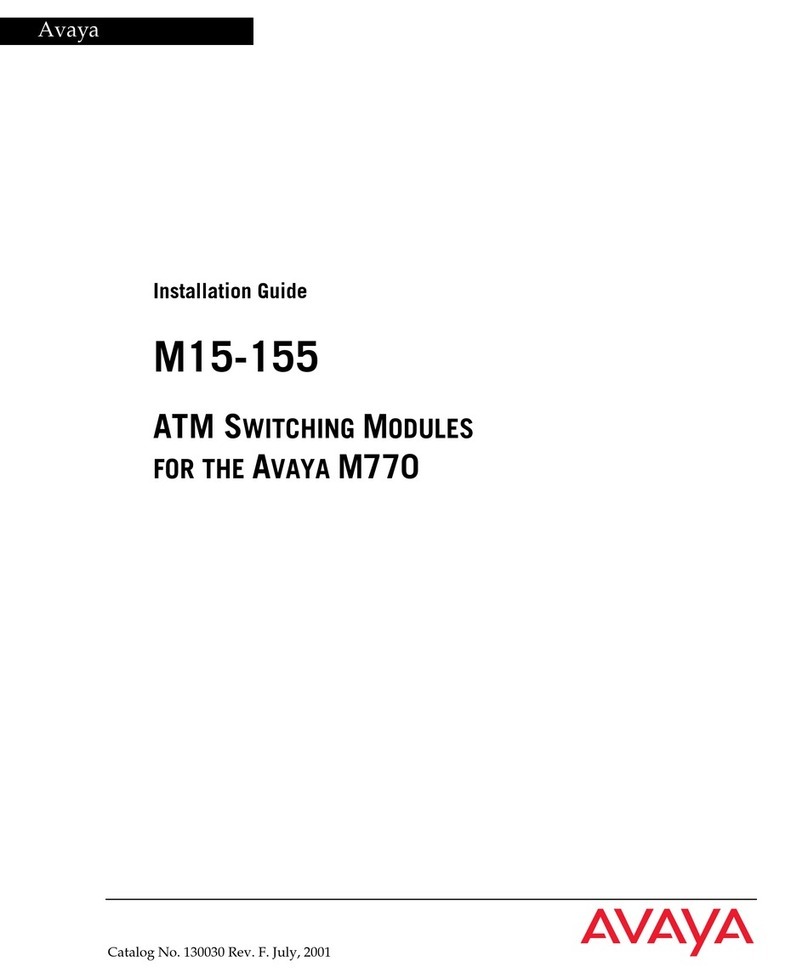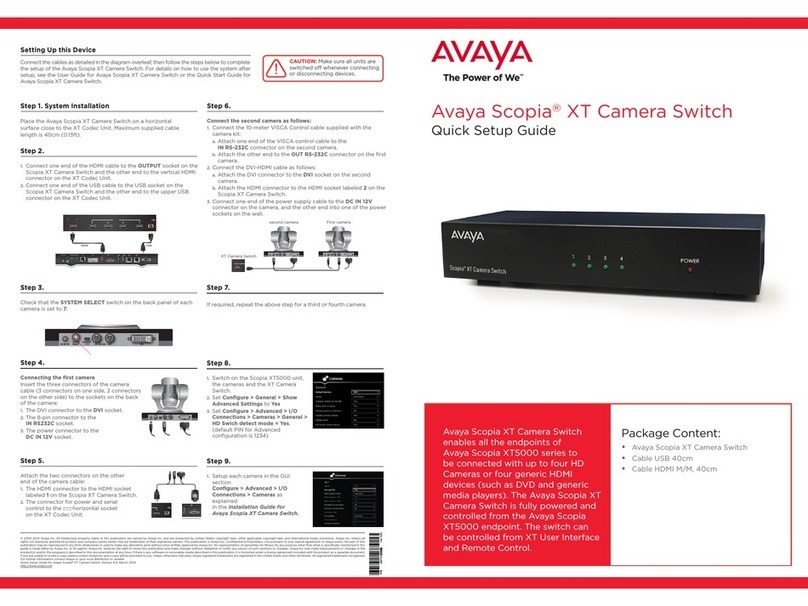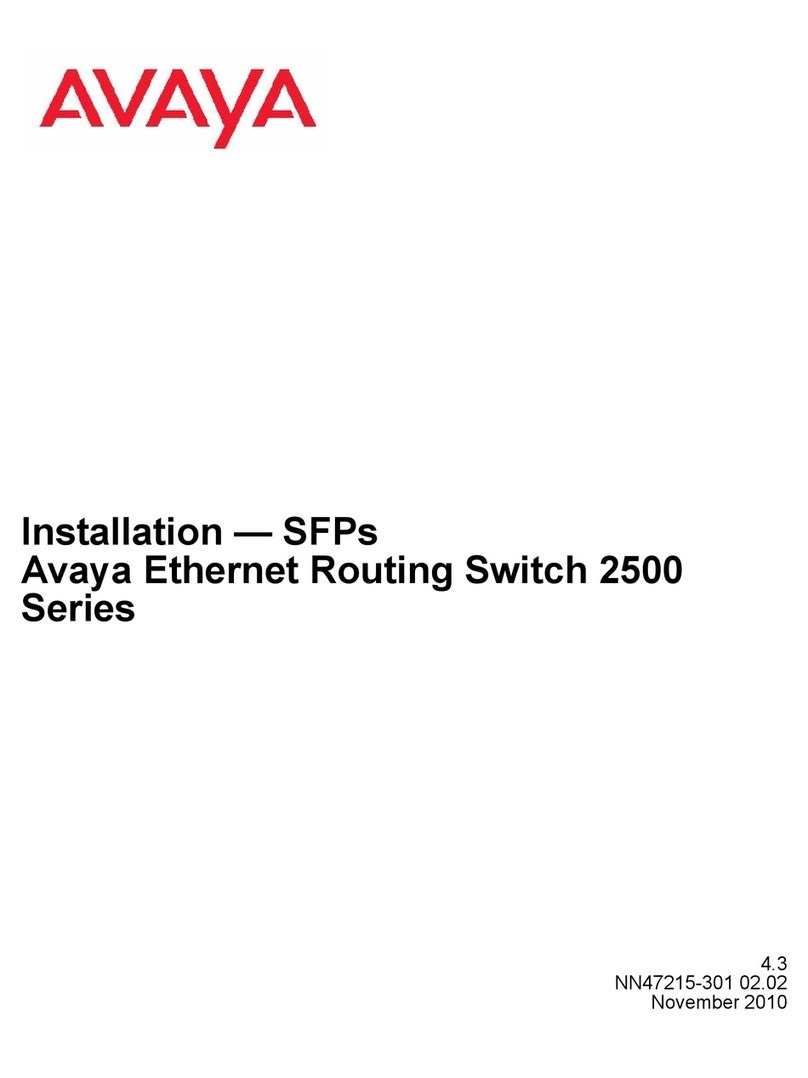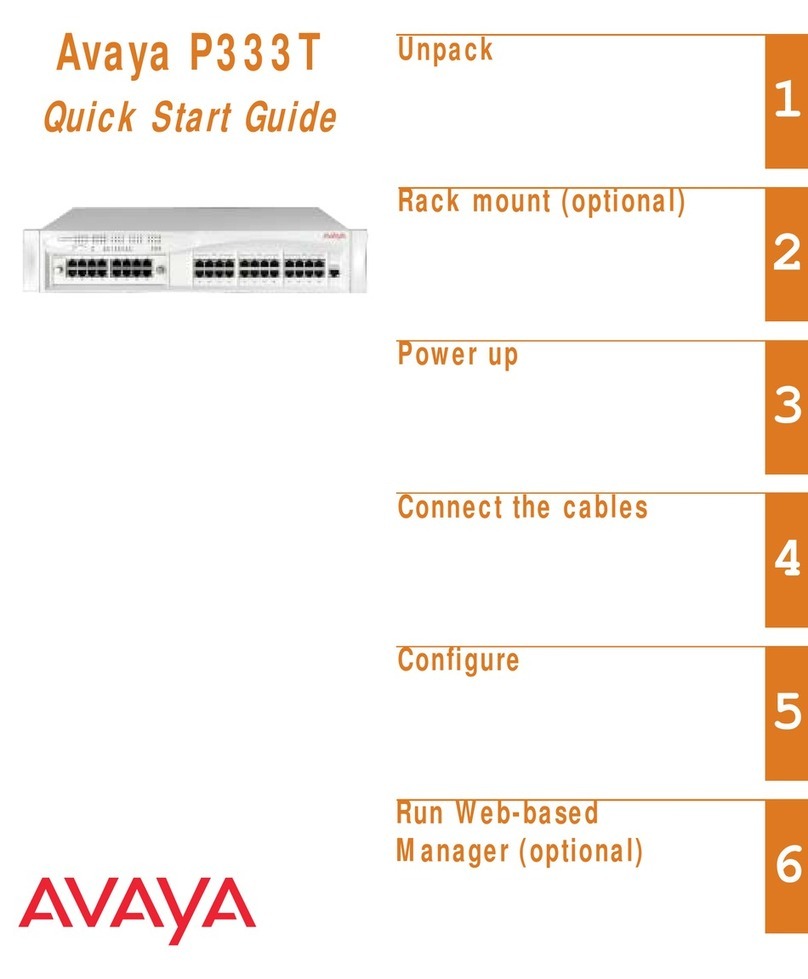
Avaya Inc. – Proprietary & Confidential.
Use pursuant to the terms of your signed agreement or Avaya policy. 3
Table of Content.................................................................................................................................................................. 28
Software Release 5.1.2.0.................................................................................................................................................... 30
Important Notices............................................................................................................................................................. 30
Platforms Supported........................................................................................................................................................ 31
Notes for Upgrade ........................................................................................................................................................... 31
File Names for This Release............................................................................................................................................... 32
Version of Previous Release ........................................................................................................................................... 34
Compatibility.................................................................................................................................................................... 34
Changes in This Release.................................................................................................................................................... 34
New Features in This Release......................................................................................................................................... 34
Old Features Removed From This Release .................................................................................................................... 34
Problems Resolved in This Release................................................................................................................................ 34
Outstanding Issues.............................................................................................................................................................. 38
Known Limitations............................................................................................................................................................... 39
Documentation Corrections................................................................................................................................................. 39
Ethernet Routing Switch 8600.......................................................................................................................................... 40
Software Release 5.1.1.1................................................................................................................................................... 40
Software Release 5.1.1.1 ................................................................................................................................................ 40
1. Release Summary...................................................................................................................................................... 40
2. Important Notes before Upgrading to This Release.................................................................................................... 40
3. Platforms Supported................................................................................................................................................... 41
4. Notes for Upgrade ...................................................................................................................................................... 42
5. File Names for This Release ...................................................................................................................................... 42
6. Version of Previous Release....................................................................................................................................... 46
7. Compatibility............................................................................................................................................................... 46
8. Changes in This Release............................................................................................................................................ 47
9. Outstanding Issues..................................................................................................................................................... 49
10. Known Limitations..................................................................................................................................................... 49
11. Documentation Corrections ....................................................................................................................................... 49
Ethernet Routing Switch 8600.......................................................................................................................................... 50
Software Release 5.1.1.0................................................................................................................................................... 50
Software Release 5.1.1.0 ................................................................................................................................................ 50
1. Release Summary...................................................................................................................................................... 50
2. Important Notes before Upgrading to This Release.................................................................................................... 50
3. Platforms Supported................................................................................................................................................... 51
4. Notes for Upgrade ...................................................................................................................................................... 51


